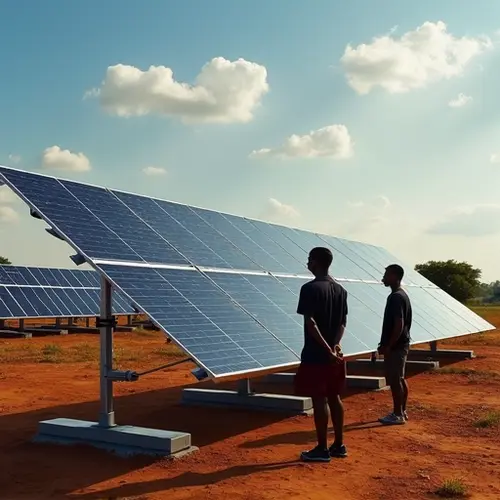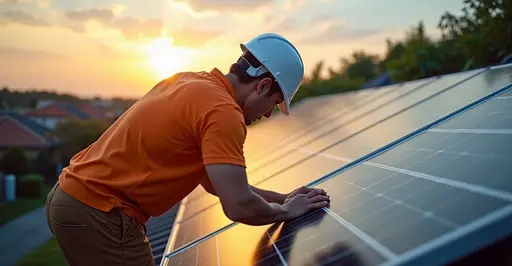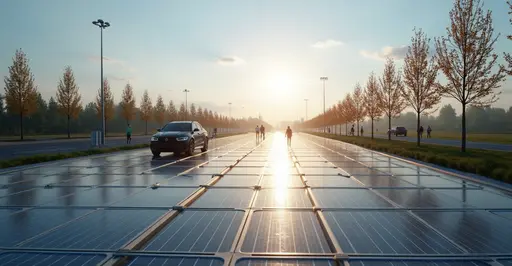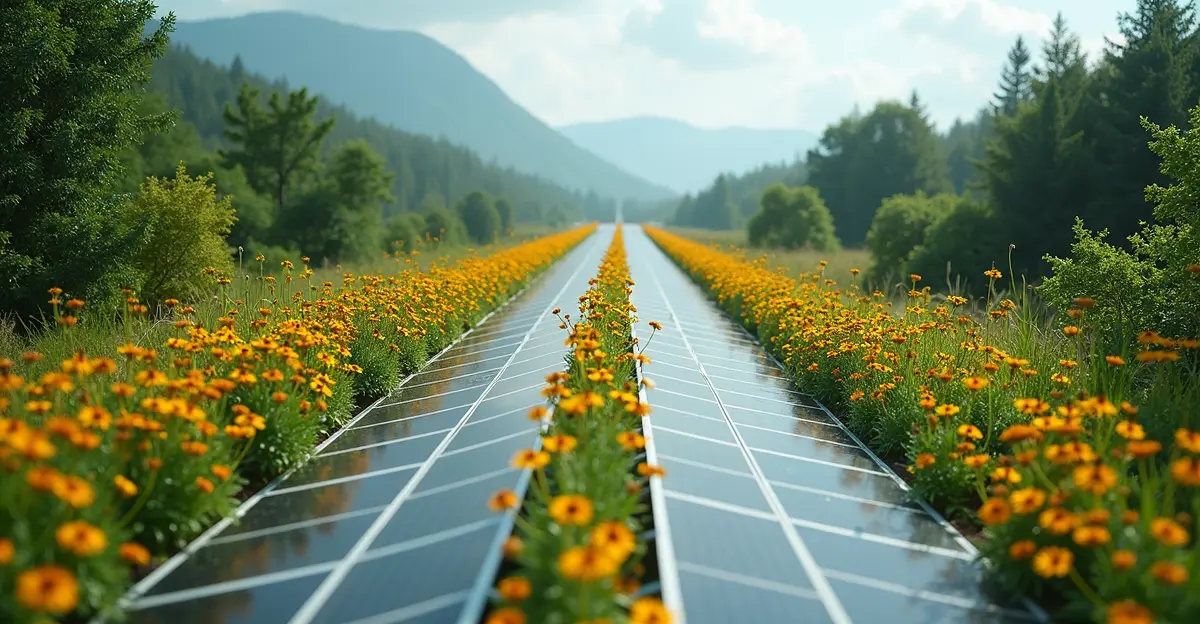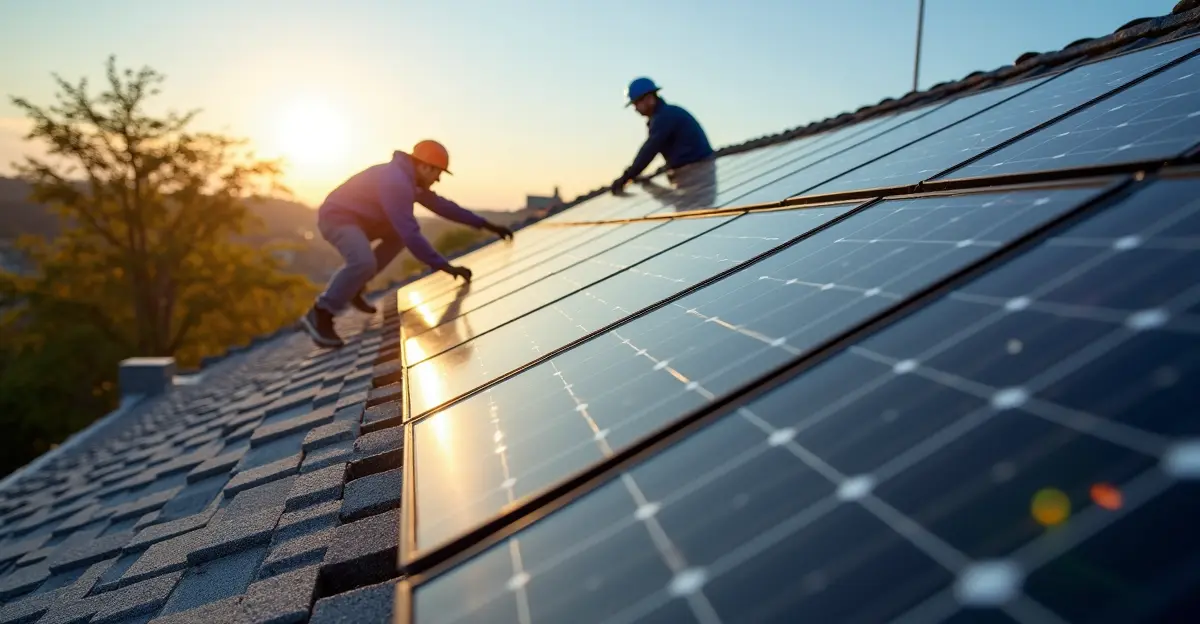Solar skin technology integrates photovoltaic cells into building materials, turning structures into power generators while maintaining aesthetics. This innovation supports net-zero energy buildings and urban sustainability.

The Dawn of Building-Integrated Solar Technology
Solar skins represent the next frontier in sustainable construction, transforming ordinary building materials into power-generating surfaces. This innovative technology integrates photovoltaic cells directly into construction elements like roofing, facades, and windows, creating buildings that generate their own electricity while maintaining aesthetic appeal.
How Solar Skins Work
Solar skin technology utilizes thin-film photovoltaic materials that can be applied to various building surfaces. These materials, typically only a few nanometers to microns thick, convert sunlight into electricity while serving as functional building components. The technology includes solar roof tiles that replace conventional shingles, transparent solar windows that generate power while allowing light transmission, and solar facade panels that turn entire building exteriors into energy producers.
Market Growth and Adoption
The building-integrated photovoltaics (BIPV) market has experienced significant growth, with projections indicating continued expansion through 2025. Major construction companies and architecture firms are increasingly incorporating solar skin technology into new projects, recognizing both the environmental benefits and long-term cost savings.
"We're seeing a paradigm shift in how buildings are designed," says Dr. Elena Rodriguez, a sustainable architecture expert. "Solar skins allow architects to create energy-positive structures without compromising on design aesthetics. This technology is transforming buildings from energy consumers to energy producers."
Technical Advancements
Recent advancements have improved efficiency rates, with some thin-film solar cells now achieving up to 29.1% efficiency. Flexible solar laminates can be applied to curved surfaces, while semi-transparent options enable innovative window applications. The integration of smart technology allows these systems to optimize energy production based on weather conditions and building usage patterns.
Environmental Impact
Solar skins significantly reduce a building's carbon footprint by generating clean electricity on-site. They also minimize the need for additional land for solar farms, making them particularly valuable in urban environments where space is limited. The technology supports the transition to net-zero energy buildings, contributing to global climate change mitigation efforts.
Challenges and Future Outlook
While initial costs remain higher than traditional building materials, the long-term energy savings and decreasing production costs are making solar skins increasingly accessible. The industry continues to work on improving durability and efficiency while reducing manufacturing expenses.
As building codes evolve to require higher energy efficiency standards, solar skin technology is positioned to become a standard feature in new construction projects worldwide, fundamentally changing how we think about building design and energy production.

 Nederlands
Nederlands
 English
English
 Français
Français
 Deutsch
Deutsch
 Español
Español
 Português
Português





